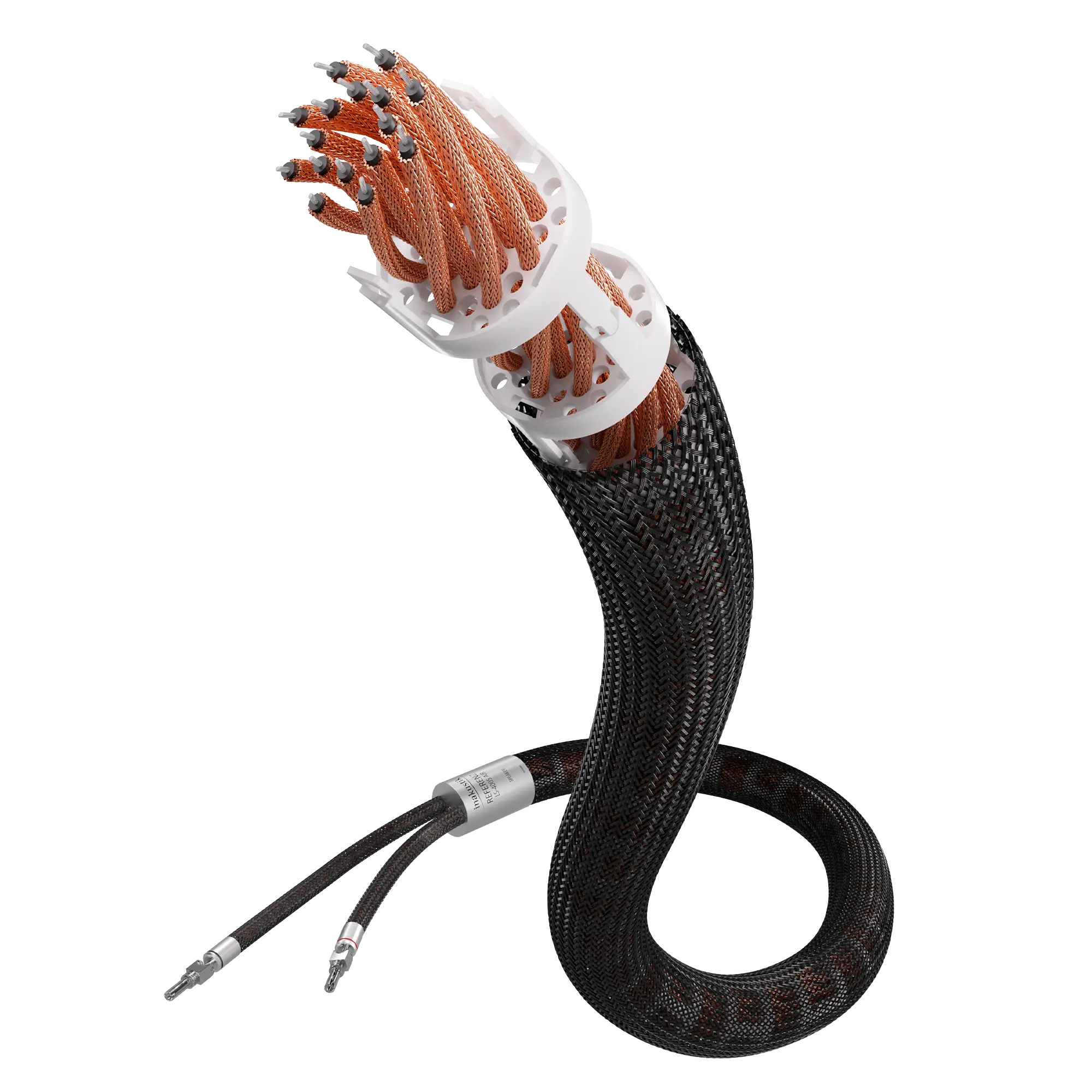Well first you said.
"We have two technological solutions when it comes to speaker cable"
Then @cleeds said.
"A shielded speaker cable? I've never seen such a thing in a home installation. To what would the shield be grounded?"
Seems reasonable to me. So, I'll add that any kind of shielding increases capacitance and reduces inductance. Then there are these by In- Akustik where they engineer their cable to use air as the electrolytic and avoid the capacitance that's created when insulated conductors are twisted together or braided as in some speaker wire configurations. You could argue that lower inductance is a good thing and capacitance doesn't matter anyway.




